We were back at Cwm Ivy on Sunday, a fair reflection of just how much I’d enjoyed exploring the new salt marsh habitat there a few days earlier. Before heading down however I wanted to walk the WTSWW reserve which borders its Eastern flank in the hope of gaining another viewpoint and also seeing what progress was being made on the second hide. I had this vague recollection that we’d be able to walk a circular route through the woodland but it appears I may have been mistaken. Taking the first gate led us to a muddy dead end and we ended up having to retrace our footsteps to take a second, lower path. This one was clearly the route we should have taken all along and it wasn’t long before we arrived at the hide, a very well built and substantial structure in a prime location. Being slightly elevated and literally sitting in the new marsh should allow great views to be had of whatever species decide to make this place their home, and with direct line of sight to the newly erected Osprey nest, well, the possibilities are superb.

As can be seen above the light was again dreadful, the dullest of the weekend in fact, but that didn’t stop us spotting a few decent birds amongst the trees. A Great-spotted Woodpecker and two Goldcrests were probably pick of the bunch but there were also good numbers of the commoner Tit species, one Treecreeper and the almost constant audio accompaniment of a screeching Jay hidden somewhere nearby. Out on the marsh Monday’s Pied Wagtails seemed to have done a bunk but Pheasant numbers had increased to five and the pair of Little Egrets were now accompanied by a single Grey Heron. Of the Otter there was again no sign and successive high tides had wiped clean even the footprints which we’d found near the seawall breach. There was however the welcome addition of three Lapwings, surely a species for which this new habitat could have been almost tailor made. Needless to say all escaped my camera given the conditions but I couldn’t resist a couple of fungi. The first I think is probably Turkeytail whilst the second I have still to identify.
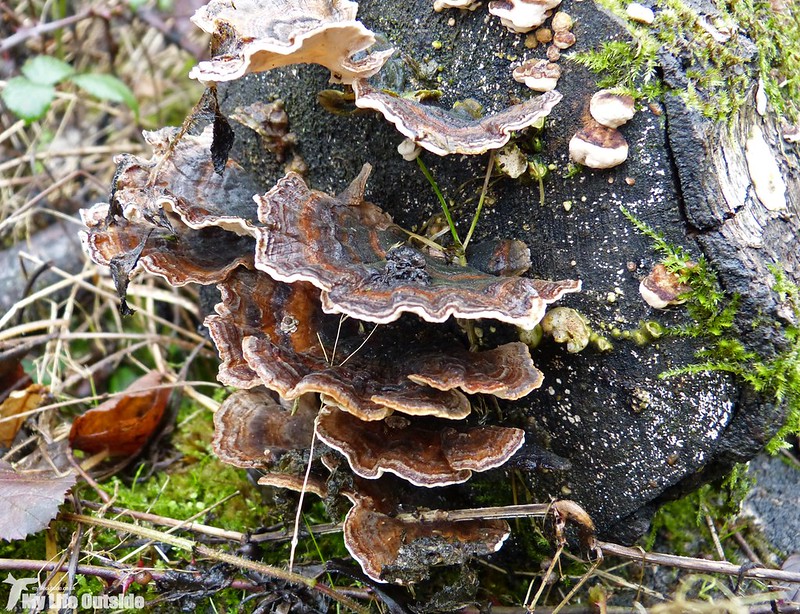
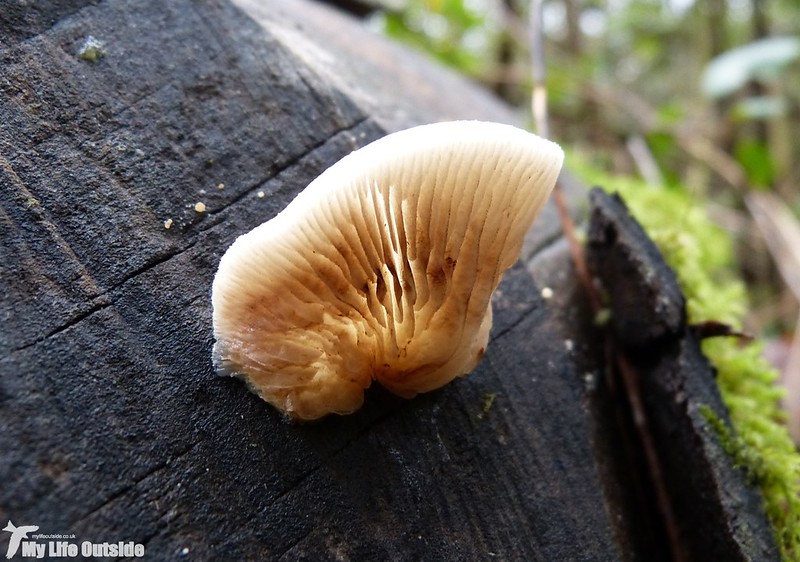
At this point the sound of crashing waves became too much to resist and we headed across the dunes to Whiteford beach. With the tide out there was a huge expanse of sand so the fact that we stumbled across a clump of Goose Barnacles which had been brought in on the previous tide is slightly miraculous. Their chosen base of a half filled water bottle meant that this fate was almost inevitable but it did allow us to study a species which I’ve only ever seen once or twice before.

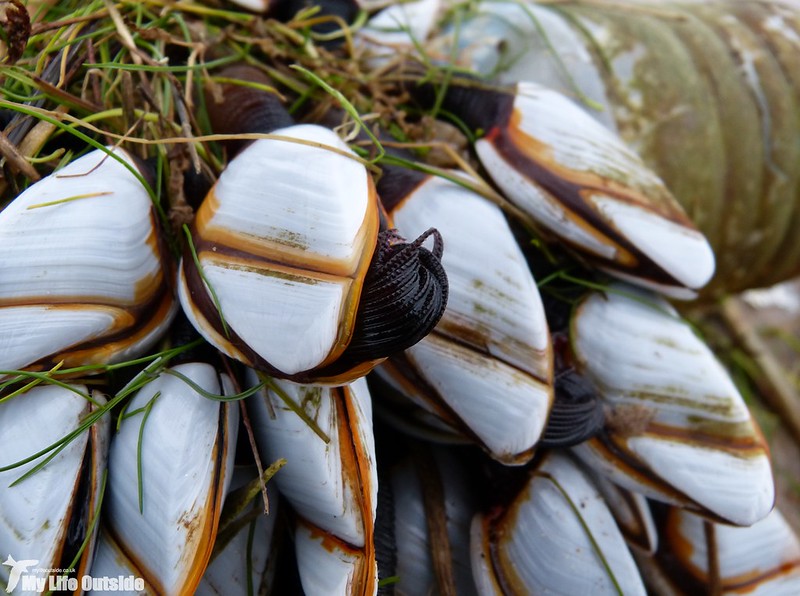
What I hadn’t expected to find were any still alive but as we watched several started to move their fan-like feeding arms. Emma decided that they couldn’t be left to die like this and after digging a water filled hole failed we decided to carry them back to sea. This was easier said than done with the tide so far out but a lengthy walk followed by a long throw soon had them back in the water. Of course the very next wave nearly brought them right back ashore but they just managed to keep afloat and last we saw they were floating up the Burry. Bon voyage my strange looking friends.

Filled with a deep sense of satisfaction we had a brief scan of the sea which turned up a couple of Great Crested Grebes as well as a lone Brent Goose wandering the shoreline. Further down the coast a welcome break in the cloud allowed us to watch our first sunset for several weeks, a fitting end to what had been a really rather enjoyable weekend.

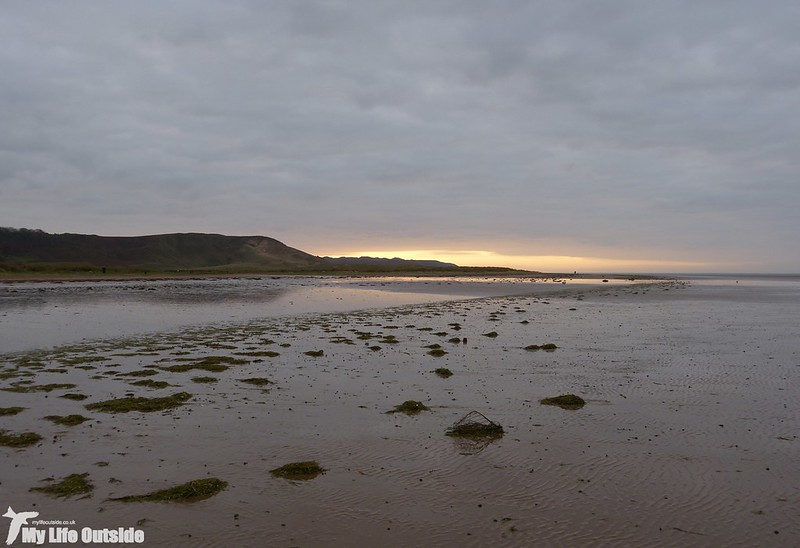
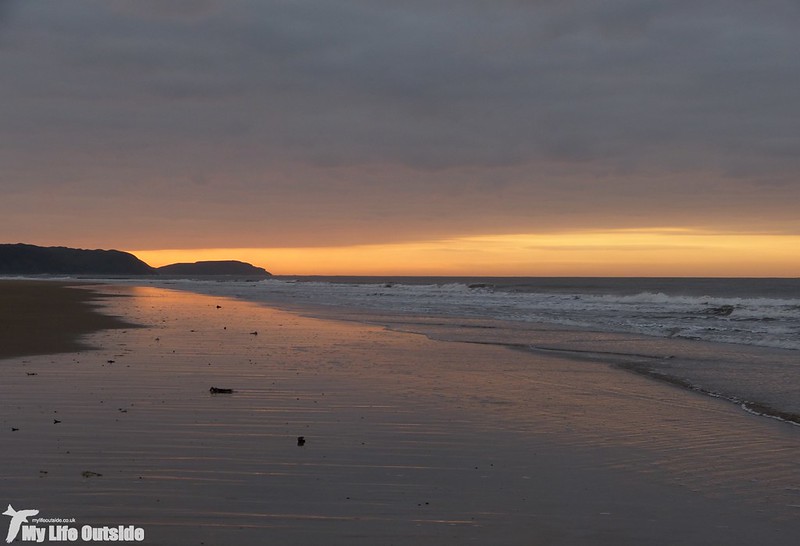
Walking back to the car we passed signs warning of pregnant Ewes and judging from the extended bellies we could see, they weren’t lying. At this rate we’ll have lambs without our winter temperatures even troubling single digit values!



0 Comments